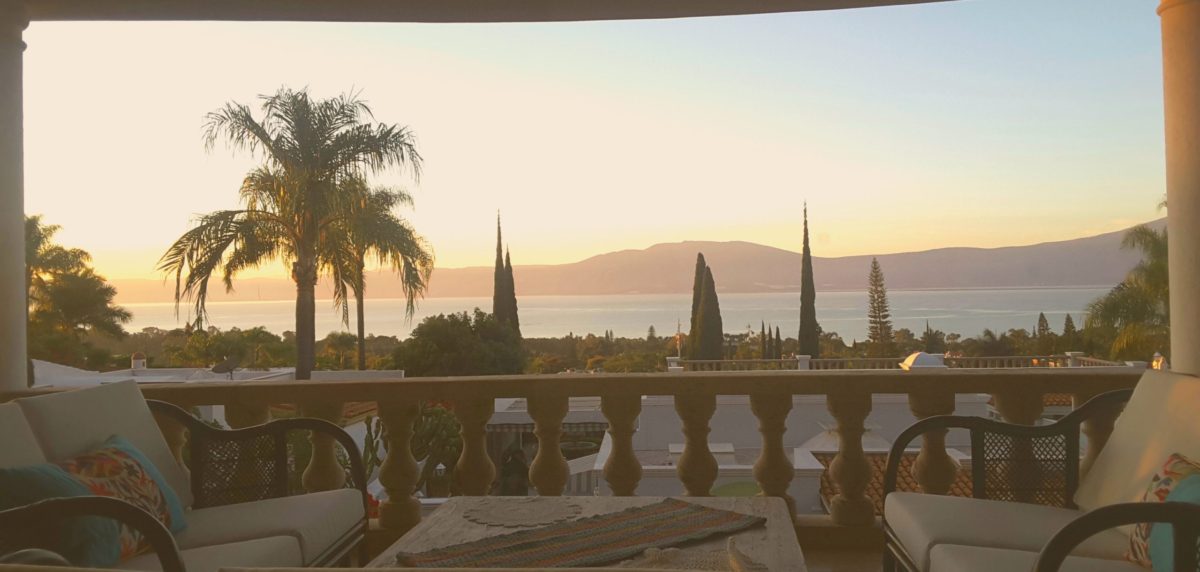When we still lived in the States, we made an annual visit to South Bend, Indiana, where the majority of my relatives live. I often described these visits as a “pilgrimage to the shrine,” since we always stopped at the University of Note Dame to take in the beautiful campus, tour the athletic facilities, and buy fan memorabilia at the bookstore.
On one hand, my fanatic support for the Fighting Irish (Notre Dame’s football team) is easily explained. I grew up in the 1960/70’s when the team was dominant, I lived about 3 miles (as the Leprechaun flies) from the Golden Dome, I was Irish Catholic by background, and the local nuns taught us to root for “our team.” Being a Notre Dame fan was an essential, positive part of my childhood.
Well, the connection went deeper than the obvious links. Being a Notre Dame fan was part of rooting for the underdog who overcomes the odds, backing the side that does things the right way, being part of some shared belief in good triumphing over evil. Even when “the breaks went against the boys” in Rockne’s immortalized line, that too was a lesson that sometimes even Good comes up short.
But we all grow up, and leave behind childish things, don’t we? Yes, I went off to school and the Army, marriage and children, career and travel. I realized that other teams weren’t always evil, and some of the Irish players I formerly idolized were, shall we say, a wee bit unsavory. I ran into opposing fans who could not understand my devotion to a school I never attended, or harbored some deep resentment at a loss to the Irish. I even had to get used to not winning all the time, which seemed as remote a possibility as the actor who played the Gipper becoming President. While my passion for the Irish waxed and waned over the decades, it never failed to gel come late August, building to a fever pitch by the end of November.
So I find myself back on campus this year, but the feeling is very different. I muster little excitement for the impending season. The team is talented but underperforming, unable to put-away inferior opponents and easily overmatched by those more talented. The coach has the remarkable ability to turn purple at critical moments, and is unequaled at sharing the blame with others. The program is under the cloud of an academic cheating scandal. The stadium is ever-larger,

as if size really did matter. Classroom and leisure facilities are built onto the stadium on three sides, ostensibly connoting a commitment to academics merged with athletics, but instead literally propping up the luxury suites. The overall architectural effect recalls a Communist planner given too many monuments and not enough plaza. The field is synthetic, since grass is apparently a non-native species in northern Indiana. A Jumbotron hovers over the House that Rockne Built; I am sure it will instruct Irish fans when to “get loud.” Piped in inspirational music and smoke effects complete the scene. It looks like every other Ginormous State University stadium … except it isn’t.

Which is the point, after all. Change is inevitable, but the changes need to be consistent with something original, something organic, something profound. Notre Dame today presents an updated, Disneyfied college football experience. The emphasis is on appearances, which do not amplify an underlying reality so much as merchandize an existing, fading brand.

Don’t get me wrong: I will always be a fan. I will watch games this year, and probably get way-too-involved. But it is much harder to be passionate about a performance by the University of Notre Disney Competitive Generics. Just give me back the Fighting Irish.


















































